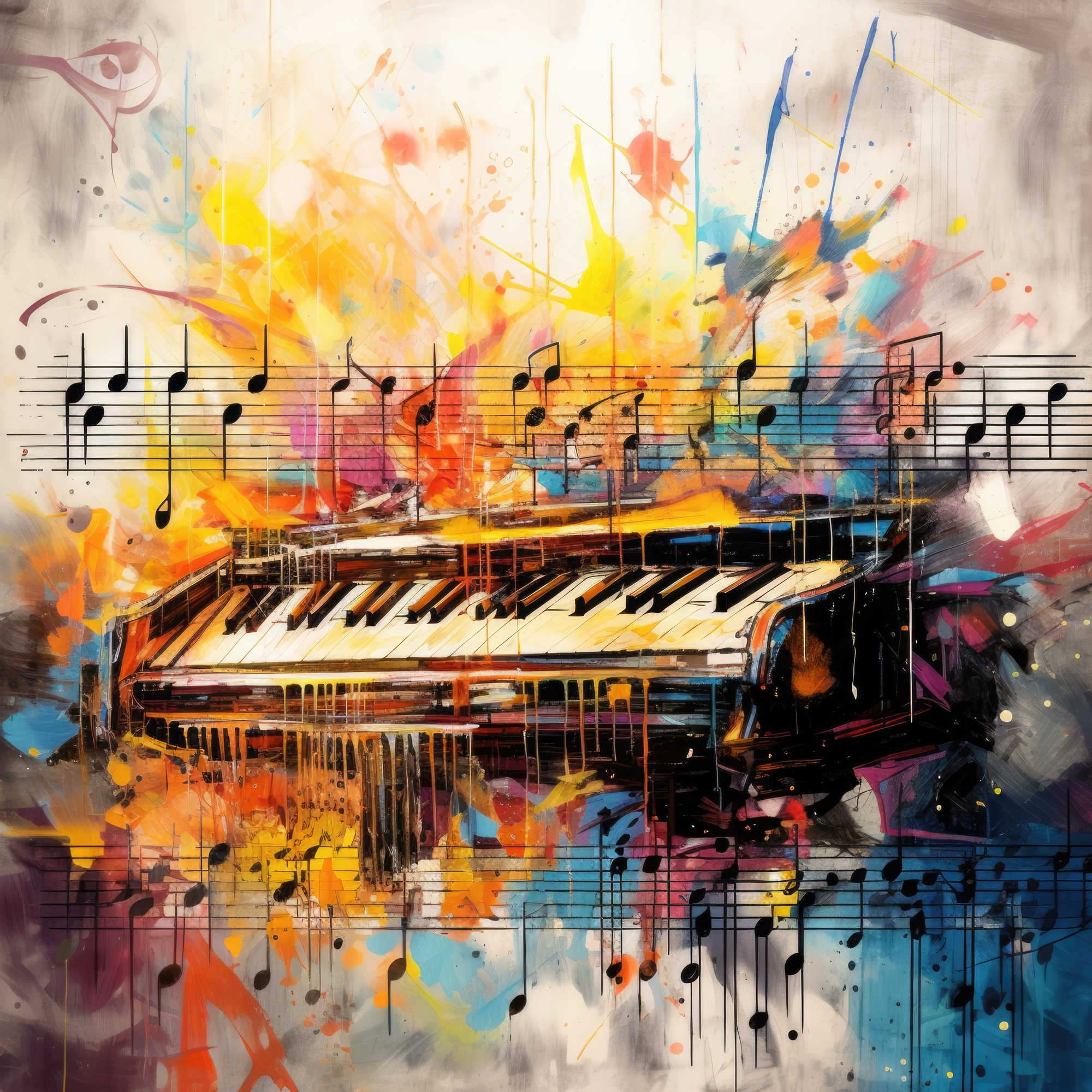If you look at the Jewish music production of today, you will find that the Jewish music scene offers everything: Rap, hip-hop, rock, reggae, and techno, and sometimes it is difficult to distinguish Jewish music from non-Jewish music.
Until recently Jewish music was largely isolated from the world outside the Jewish community and consisted primarily of chazanut (prayer melodies), Hasidic nigunim (melodies), and ‘klezmer’.
The latter was introduced by Ashkenazi Jews around the 15th century. Using instruments such as clarinet, accordion and mandolin the singing of the chazan is imitated. This creates an almost “sobbing” melody, the trademark of klezmer.
The word “klezmer” is a combination of the Hebrew words “kli” (vessel or instrument) and “zemer” (song), so klezmer can be literally translated as “instrument of the song”.
Until the 20th century klezmer was unofficially referred to as “Yiddish music” and it was only in the 1970s with the spread of klezmer in the USA that klezmer was officially recognized as a musical style.
Many Jewish and later non-Jewish musicians and composers were influenced and inspired by Klezmer. An example of this is the clarinet glissando at the beginning of George Gershwin’s well-known composition Rhapsody in Blue.
That Jewish music is influenced by secular music in itself isn’t a novelty: Hasidic nigunim of various dynasties were often based on Russian folk and French march, and Sephardic music was inspired by the oriental maqam.
According to Eduard Birnbaum (1855-1920, cantor in Königsberg), the well-known melody of the Hanukkah song “Maoz Tzur” is based on the German folk song
[By the way, this was the first melody used by Martin Luther for the church singing]
But it seems that modern Jewish music is missing something and cannot be compared to Hasidic niggunim. What is the difference?
In general, music has become more of a means of relaxing or, on the contrary, of cheering up and spurring on. People listen to music on their way to work, while jogging or while studying, only a few listen to music with the intention of enjoying the music themselves.
But music is much more than just a source of pleasure. Music is able to influence the mood and even the character of a person and the ancient Greek philosophers were already aware of this.
As Plato writes: “No change can be made in styles of music without affecting the most important conventions of society.” Aristotle said, “Music has the power to form character.”
The Jewish sages were also aware of the strong influence that music can have on people: According to the Talmud the great scholar Elisha Ben Avuya became a heretic because Greek music was played in his house. Rabbenu BeChaye writes in his work Chovos HaLevavos:
“Get away from what will make you rebel against G‑d and give up His mitzvot – those songs and tunes – that keep you busy and distract you from doing mitzvot and doing good deeds.”
Although music is mentioned in the Tanach quite a few times (i.e. after the splitting of the Red Sea, the Jewish people sang the Shir HaYam, prophet Elisha used music to receive prophecy and King Shaul to heal himself from depression) it doesn’t appear to be not given much importance.
However, from the main task of the tribe of Levi in the temple, namely singing and making music during the various offerings, it is clear that music plays a special role in Judaism.
Rabbi Yehuda HaLevi makes this point in the Kuzari: “The wisdom of music is so valued in Judaism that the exalted task of making music in the sanctuary [temple] was assigned only to the greatest of the Jewish people, the tribe of Levi, and besides that they had no other occupation…”
Almost every sacrifice had its own melody, so there were thousands of different melodies in the temple. However, in the course of the exile they fell into oblivion and today there are only a few melodies that are said to have come from the temple [classical music is believed to be most similar to music in the temple]
Only from the writings of later scholars do we understand how much music is valued in Judaism. Thus Rabbi Israel of Shklov (1770-1839), in the introduction to his work Pe’at Hashulchan, brings what his great teacher, the Gaon of Vilna (Rabbi Eliyahu Kramer, 1720-1797) said about music:
Music is one of the wisdoms that one needs in order to be able to fully grasp the Torah, because without music it is not possible to understand most of the mysteries of the Torah and explanations of the Zohar (main work of the Kabbalah). Music can take people’s lives and with its help you can revive the dead. Many melodies or their origins were handed down to Moses on Mount Sinai together with the Torah.
With the commercialization of music and the growth of the Jewish music industry, exactly what music is supposed to be about has been lost: passion, emotions and feelings.
Only music that speaks where words fail (derived from the quote “Where words fail, music speaks”), is full of passion and expresses feelings is true music that can even revive the dead.
1. עיין פסקי תשובות או”ח סימן תק”ס הערה 70 בשם ברכי יוסף או”ח סימן תק”ס סק”ו
2. Altdeutsches Liederbuch, No. 635




